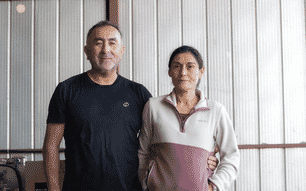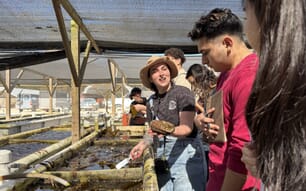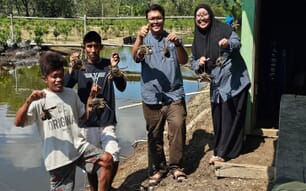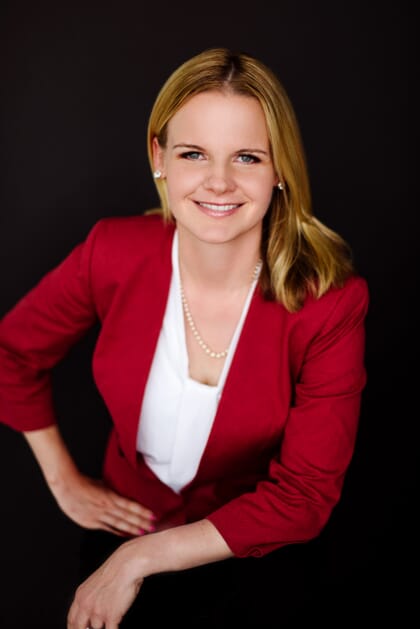
Can you tell us a little about the company’s background?
Solar Oysters LLC is a combination of two companies with very complementary skill sets. Maritime Applied Physics Corporation (MAPC) has a staff of engineers and fabricators specialising in marine, mechanical and electrical engineering. MAPC has gained a reputation for designing and building innovative platforms for naval applications. The EcoLogix Group provides environmental scientists, aquaculturists, and biologists. EcoLogix is experienced in stakeholder engagement and environmental permitting. In mid-2019, these two companies formed Solar Oysters LLC with the focus to bring to market the Solar Oyster Production System (SOPS).
What drew you to the oyster aquaculture sector?
Two things; a desire to assist in restoring native oyster populations to the Chesapeake Bay and an opportunity to bring a potential “disruptive” technology to the oyster aquaculture industry.

What have been the biggest challenges to date?
We are seeking funding from one or more investors in exchange for an equity interest in Solar Oysters LLC to build the first platform. On a parallel path, we are seeking to secure the required regulatory approvals to site the platform in the Chesapeake Bay for oyster restoration and/or oyster aquaculture.
What have you learnt from the development and deployment of your pilot-scale system?
We have spent a considerable amount of time seeking input from successful oyster aquaculture companies, regulatory officials, academia, NGOs and the investment community. We’ve learned a great deal about how the oyster aquaculture industry has experienced minimal technological advancement over the last 100 years. We believe SOPS has the potential to bring the industry into the 21st Century.
There is very little automation in the industry. The automation provided by SOPS results in low environmental impact, sustainable protein production. We are also very focused on the need to restore native oyster populations and believe our technology has the potential to build upon native oyster populations. Oysters are outstanding filter feeders with great potential to improve water quality. Our initial focus is on oysters, but we do see the potential application of this technology for other shellfish species.
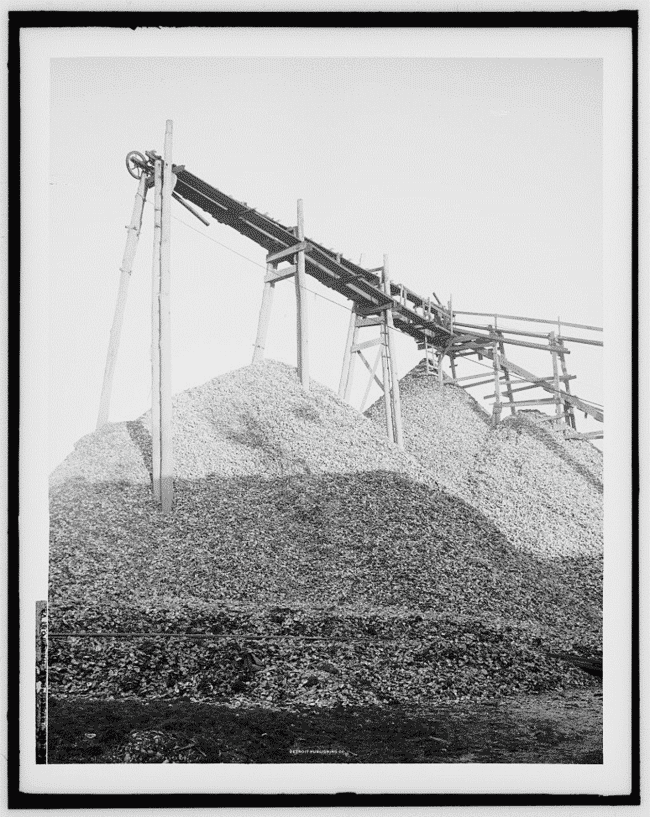
How has the Solar Oysters concept been received?
The response has been very positive. We have heard comments such as, “this is a potential game-changer” and “the SOPS technology is a disruptive technology”. We recognise that the technology needs to be proven and that is our path forward. The investment community has shown interest. With its small footprint compared to traditional floating oyster aquaculture farms, this technology provides a solution for many user conflicts that exist in near-shore locations. SOPS can grow orders of magnitude more oysters over a much smaller surface area than traditional floating aquaculture farms. Our current design would provide 45 times the yield of traditional float farms.
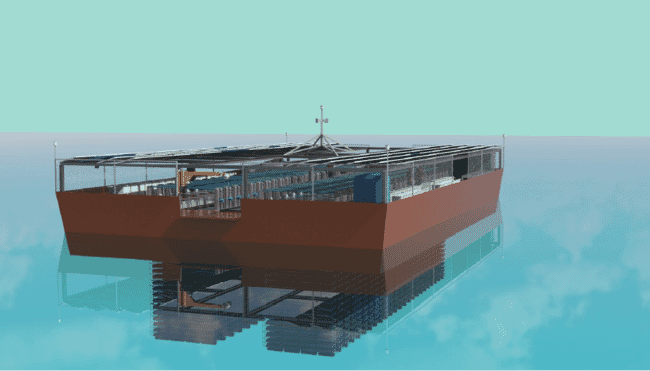
The pandemic has been hard on oyster growers, do you think that there’s a limit to how many oysters can profitably be produced in the US?
The pandemic has definitely had an impact on a number of markets. We believe we are well positioned to take advantage of the market once it rebounds. There is a need for increased reliance on aquaculture to meet the global demand for protein from the marine environment. The SOPS technology is a low impact method aquaculture farm method that can be deployed worldwide to meet this demand.
What are the key environmental benefits of oyster production, in particular when using your system?
One SOPS production platform (90’ x 53’) would grow enough oysters to filter 100 million gallons of water daily. This would provide significant water quality benefits. Our estimate is that one platform would result in the removal of an estimated 650 lb of nitrogen and 50 lb of phosphorus annually. In Maryland, which has a nutrient credit trading system, this will provide a grower additional revenue. Our production method uses clean, renewable energy to automate the technology. The large numbers of oyster produced by SOPS can significantly benefit the restoration of native oyster populations.
How much are you hoping to raise in order to produce a commercial-scale system?
Our initial focus is on demonstrating the viability of the technology for oyster restoration with a transition to oyster aquaculture. Our current goal is to raise between $200,000 and $500,000 to build, deploy and test an initial smaller SOPS platform. We believe, with the larger platform, we will be able to grow oysters below wholesale market value.
Where would you like the company to be in ten years’ time?
Our vision is to be the John Deere of the oyster aquaculture industry. That may sound ambitious but our approach is to think big. We feel we have the potential to provide significant benefit to the industry and environmental improvements from the water quality benefits of growing oysters on a large scale, as well as increasing the native oyster population. In ten years, we envision selling the SOPS platform to growers worldwide.


